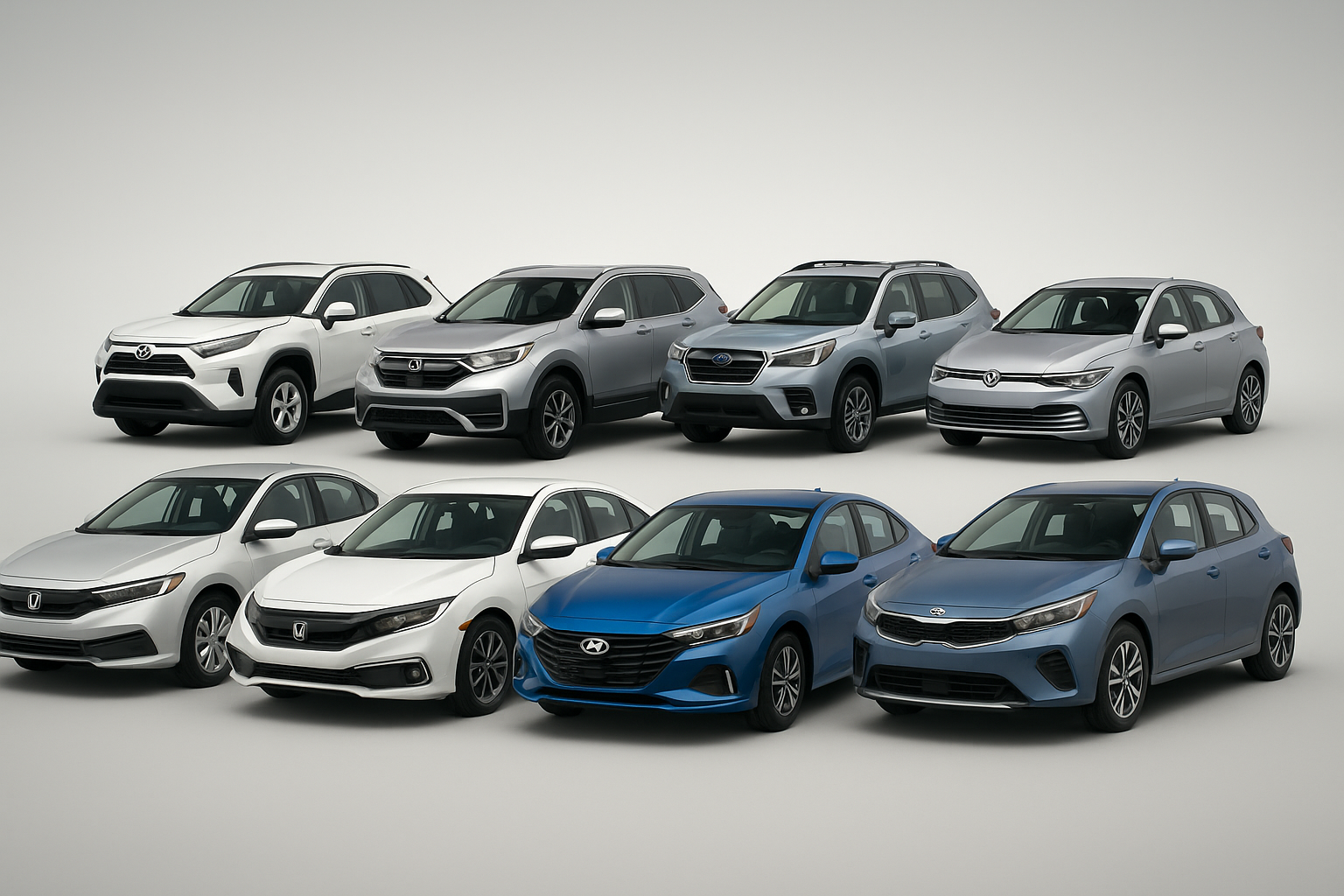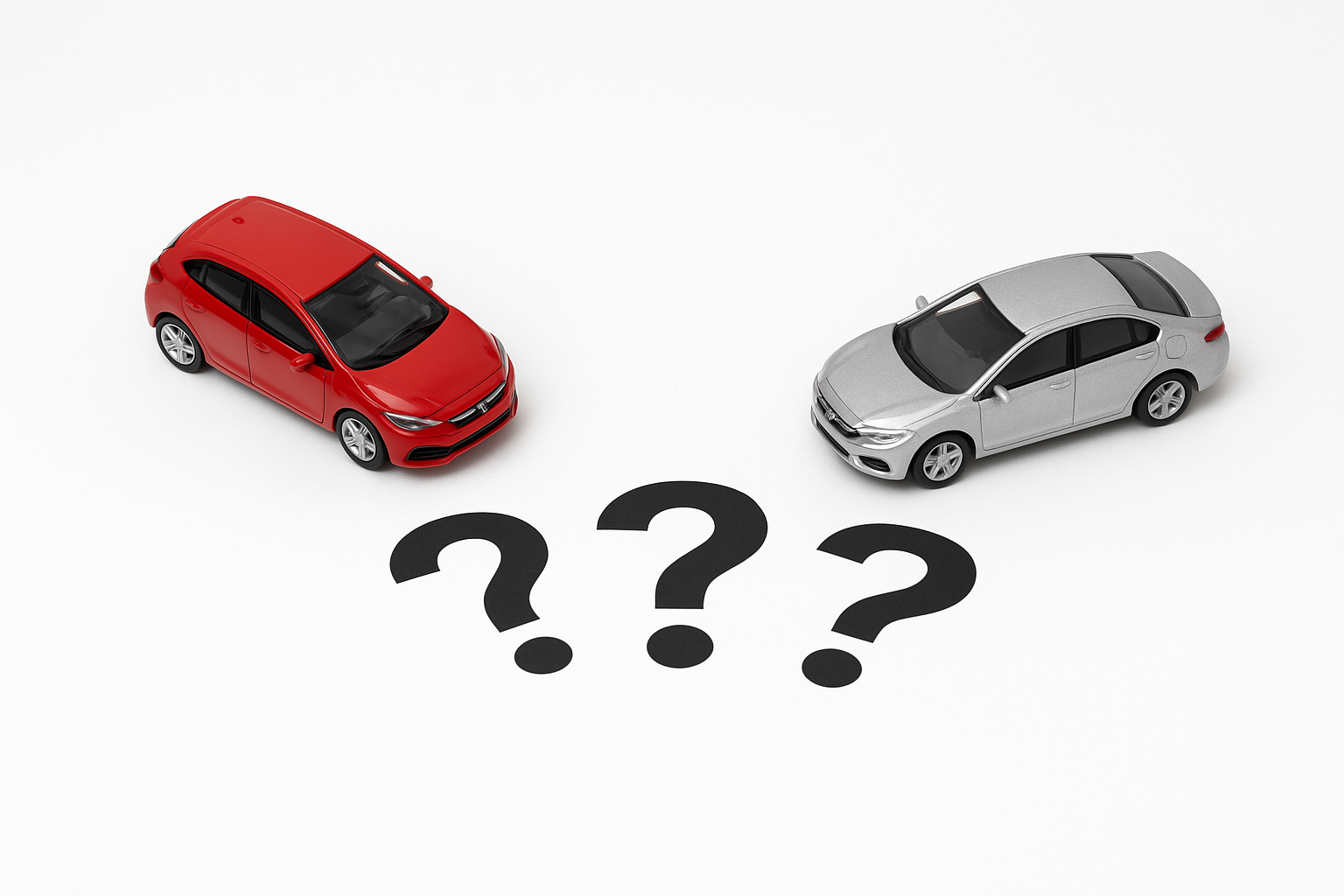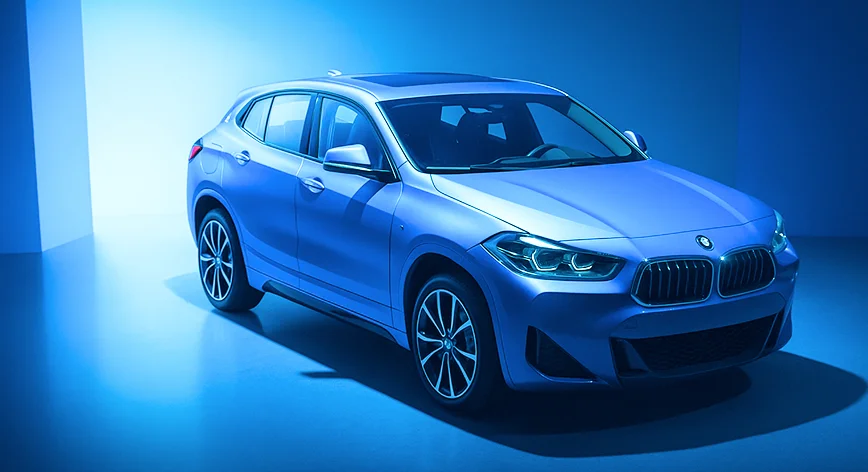TOP-10 Most Reliable Cars by Price–Quality Ratio

TOP-10 Most Reliable Cars by Price–Quality Ratio
Buying a car always raises many questions: which model to choose, how to avoid overpaying, and how much maintenance will cost. But there is one criterion important to everyone — reliability. It determines how long the car will last and how much stress it will save the owner. Many manufacturers promise durability, but in reality only some models truly combine a sensible price, build quality, and resistance to wear.

What Makes a Car Truly Reliable
Simplicity of Design and Proven Technologies
One of the main factors of reliability is the lack of excessive complexity. The fewer "smart" systems in a car, the lower the chance that something will fail. Engineering simplicity does not mean primitiveness; on the contrary, it signals a mature design approach. Manufacturers that have refined the same units for decades have achieved a balance between efficiency and durability. That is why older naturally aspirated engines, classic transmissions, and mechanical solutions are still valued in certain circles.
Maintenance Cost and Parts Availability
The second key aspect of reliability is the ability to service the car without hassle and extra costs. If parts are easy to find and repairs do not require expensive tools, even an older car will stay on the road for a long time. In countries with hot climates or poor roads, models that can withstand extreme conditions without frequent repairs are especially valued.
TOP-10 Cars That Earned a Reputation for Reliability
Toyota Corolla
This model has held a leading position for decades. Simple mechanics, a reliable engine, low maintenance costs, and resistance to wear make the Corolla the choice of millions of drivers worldwide. The car is economical, easy to repair, and even after years retains a decent residual value.
Honda Civic
The Civic combines dynamism, comfort, and technical endurance. Honda engines are known for their longevity, and transmissions can endure hundreds of thousands of kilometers without intervention. At the same time, the car remains economical and easy to service.
Mazda 3
The Mazda 3 is an example of how to combine reliability with driving enjoyment. This model is simple in construction yet pleasant to drive. Owners note the durability of the suspension and excellent paint quality, which is especially important in regions with variable weather.
Hyundai Elantra
This car combines modern design and proven solutions. Korean engineers have managed to make the Elantra both affordable and durable. Stable engines, inexpensive parts, and minimal problems make it a frequent choice on the used market.
Kia Sportage
A popular crossover known for its longevity and unpretentiousness. The Sportage handles both city traffic and off-road well. A simple suspension design and reliable engines allow the car to be used for many years without serious investment.
Toyota RAV4
The RAV4 long ago became a symbol of a balanced choice. This crossover feels comfortable both on and off the road, and rarely requires repairs. Its durability is appreciated by private owners and professional drivers alike.
Honda CR-V
The CR-V combines space, convenience, and endurance. The model consistently ranks high in reliability ratings. Powertrains last for decades, and the suspension withstands loads even under active use.
Subaru Forester
The Forester features a unique all-wheel-drive system and a robust body structure. This model is designed for active people and challenging roads. Even older examples retain functionality, and the boxer engine provides stable operation with proper care.
Volkswagen Golf
The Golf is one of the most popular cars in the world due to its combination of quality, reliability, and thoughtful design. Its maintenance does not require large expenses, and parts are available almost everywhere. The car is suitable for both city driving and long trips.
Toyota Yaris
A compact, economical, and surprisingly durable car. The Yaris often becomes the first choice for those seeking a reliable city car. Low fuel costs, durable components, and ease of maintenance make it an excellent option for daily use.
Why These Models Retain Value Longer Than Others
Brand Reputation and Customer Trust
The cars on this list belong to brands that have built reputations as reliable manufacturers over many years. Buyers are more likely to choose cars they know well, which automatically supports their resale value. A transparent history, available maintenance statistics, and high liquidity make such models a worthwhile investment.
Optimal Balance Between Comfort and Functionality
Reliability does not necessarily mean boredom. Many of these models combine comfort, modern design, and economy. Manufacturers strive not only to create a durable car but also to provide a pleasant driving experience. That is why even after years owners are reluctant to part with them and lose little value when selling.
How to Choose Your Reliable Car?

Assess Your Needs and Real Costs
Before buying, it is important to determine the car's purpose: daily commuting, family trips, or business tasks. This determines the choice of body type, engine, and transmission. Consider not only the purchase price but also long-term expenses — maintenance, insurance, and fuel.
Check the Specific Vehicle, Not Just the Model
Even the most reliable model can become problematic if it has been poorly maintained. Check the service history, the condition of the body and engine, documents, and mileage. Perform diagnostics before purchase — this helps avoid unexpected costs.
Reliability as the Main Criterion
A reliable car is not necessarily an expensive car. The main thing is that it performs its tasks without surprises and remains a faithful assistant for many years.
Confidence in Your Choice
By focusing on proven models and approaching the choice consciously, you can find the ideal balance between price, quality, and peace of mind. A car should bring pleasure, not worry — and these models belong to the category that gives confidence on every kilometer.
